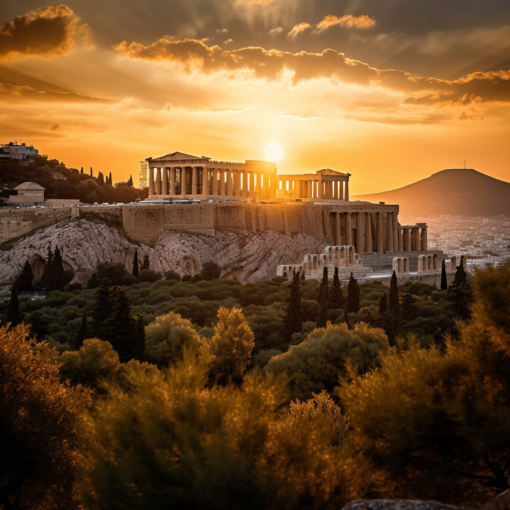Greetings, my esteemed readers!
It’s your humble traveler, Percival Q. Higginbottom, once more at your service, bringing tales from a land where ancient tradition meets modernity, and where the story of two halves coalesce to present a narrative that is both riveting and enlightening. Today, I beckon you to join me on a journey across the Korean Peninsula, where the intricate dance between the North and the South has led to a symphony of contrasts and commonalities.
Shared Origins and Split Pathways
The Korean Peninsula, while now divided, shares a rich tapestry of history. From the ancient kingdoms of Goguryeo, Baekje, and Silla, the people of Korea have cultivated a unique culture, defined by Confucian principles, a love for nature, and an indomitable spirit. The split into North and South Korea in the late 1940s brought about stark differences, yet the roots remain intertwined.
Cultural Tidbits
- Cuisine: While both regions boast of kimchi and rice as staples, North Korea’s naengmyeon (cold buckwheat noodles) and South Korea’s vibrant street food culture, featuring tteokbokki (spicy rice cakes) and odeng (fish cake skewers), showcase the diverse palate of the peninsula.
- Art and Music: In the North, one finds a focus on state-sponsored art and music that glorifies the nation’s leaders and achievements. The South, on the other hand, has given birth to the global phenomenon of K-pop, dramas, and films which resonate worldwide.
Diverse Yet Bound By Tradition
While politics and governance draw a line between them, traditional ceremonies like Chuseok (harvest festival) and Seollal (Lunar New Year) are celebrated on both sides of the DMZ. These traditions emphasize respect for elders, ancestral rites, and the gathering of families – highlighting the importance of kinship and community.
Language – The Binding Thread
Despite years of separation, the Korean language remains a common thread, though with subtle variations. The South has integrated foreign words, especially English, while the North has either kept original Korean terms or created new ones.
Intriguing Differences
While South Korea is a hub of technological advancement and bustling city life, North Korea, with its controlled economy and state policies, is a journey back in time. The neon lights of Seoul stand in contrast to the more austere landscapes of Pyongyang.
In conclusion, dear reader, Korea, in its entirety, presents a lesson in the power of history, culture, and human resilience. It’s a testament to how two halves of the same soul can carve distinct identities, yet remain forever linked by shared roots. As always, travel broadens our horizons, and in understanding these differences, we come to appreciate the intricate mosaic that is humanity.
Till the next adventure,
Percival Q. Higginbottom






4 thoughts on “The Yin and Yang of Korea: Traversing the Cultural Landscapes of the North and South”
Posts that can provoke thought in both sexes are my favourite to read. Moreover, I appreciate the opportunity to provide feedback.
Pretty! This has been a really wonderful post. Many thanks for providing these details.
Good post! We will be linking to this particularly great post on our site. Keep up the great writing
Very well presented. Every quote was awesome and thanks for sharing the content. Keep sharing and keep motivating others.